
kscarbel2
-
Posts
17,802 -
Joined
-
Days Won
85
Content Type
Profiles
Forums
Gallery
Events
Blogs
BMT Wiki
Collections
Store
Posts posted by kscarbel2
-
-
$10 million to the shipyard (General Dynamics) for helping to fight the fire, and clean-up, appears rather excessive.
Few believe the Navy will invest hundreds of millions of dollars to repair a 22-year-old ship.
Also, the America class amphibious ships are replacing the older Wasp class.
-
Defense News / July 23, 2020
The shipyard presiding over the renovations on the amphibious assault ship Bonhomme Richard when it caught fire July 12 was awarded a $10 million contract modification for their efforts with firefighting and follow-on cleanup.
The contract with General Dynamics NASSCO San Diego was among those announced Wednesday in the U.S. Defense Department’s daily roundup.
The work includes “USS Bonhomme Richard (LHD-6) emergency firefighting support, dewatering, safety and initial clean-up efforts,” the announcement read, and is to be completed by November 2020.
US Navy’s top officer reveals grim new details of the damage to Bonhomme Richard
The fire, which broke out July 12, began in the lower vehicle storage area amidships and damaged 11 of the Bonhomme Richard’s 14 decks, according to a letter to all Navy flag officers and master chiefs obtained by Defense News. The Navy said there was no known welding or other “hot work” taking place at the time of the fire, and it is unclear what caused the blaze.
The Navy is conducting a safety investigation — which are not usually releasable to the public so as to encourage witnesses to speak freely — and a more formal administrative investigation accompanied by accountability recommendations that can be released.
The Navy’s top officer, Adm. Michael Gilday, told Defense News in a July 16 interview he is committed to transparency in the investigation.
“This is a very, very serious incident that I think will force the Navy to stand back and reevaluate itself,” Gilday said. “We’ve got to follow the facts, we’ve got to be honest with ourselves and we’ve got to get after it. My intention, once the investigations are done, is to make this available for the public to debate, including what we need to do to get after any systemic problems that we might have.”
-
 1
1
-
-
23 minutes ago, Hayseed said:
Those Riveted (Or I should say Huck Bolted) Cabs, never stood up to Our Road Conditions very Well...!!
Every one I've ever Seen all the Rivets around the Grill holding the engine Tunnel in. Were ALL either Loose & sloppy or had being repaired..
Which is why to this day I remember the part number for the grille mounting nutzerts........68RU29301P5 (note that's a 5-digit [29301] Mack Western style part number)
-
 2
2
-
-
-
20 minutes ago, Vladislav said:
I already bought a set of KD-516 (or so) from Truck-Lite to install on the R and also another set without the short light for MH. But Cruiseliners had something different from the factory. If you look at the pics and also the brochure photo of green cab you posted above those lights have mounting area at the front only and the most of their body length is "flying in the air". I don't remember seeing such ones for sale or installed on other trucks.
My new purchase has marker lights which look as Kenworth W900 fender turn light and I noted similar setup on other Cruiseliners. But those "flying torpedo's" are definitely a special and attractive thing.
You're right Vlad....my mistake. Those were supplied by KD, who was acquired by ATC.
I understand and agree. I still think they were KD though.
https://www.slclighting.com/shop?Collection=Cab Markers
https://www.slclighting.com/product-page/c-m-bullet-chrome-amber-incondesant-long-body
-
 1
1
-
-
1 hour ago, Vladislav said:
Any ideas on what the torpedo marker lights on Cruiseliner are? Some special style with the tail part hanging in the air. Never saw anything like that on other Macks nor another branded trucks.
As I recall, 38MO363RP3 for R/U/DM was supplied buy Signal Stat, which was acquired by Truck-Lite. The bottom has a slight curve to match the cab contour.
(The short version in the middle of an R/U/DM, ahead of the roof vent, was 38MO362RP3)
I can't remember if the Cruise-Liner's "bullet" lamps had a flat bottom or not.
-
 1
1
-
-
72QS1112 (right-hand) and 72QS1113 (left-hand)
-
Nikola stock plummeted another 13 percent today to $29. At this point, they don't have the necessary investment to go forward.
-
- Popular Post
- Popular Post
-
-
- Popular Post
- Popular Post
-
- Popular Post
- Popular Post
That is the rarely seen optional 76-inch Cruise-Liner sleeper cab.
Most likely, this is one of a large Cruise-Liner order, requested with used wheels and tires. I remember them all parked in the Howard Sober truck decking yard as if it was yesterday.
Vlad, can you see the frame was lengthened, from prime mover to rigid?
.
-
 4
4
-
Heavy Duty Trucking (HDT) / July 21, 2020
Ford has launched a voluntary safety recall for select 2021 model-year Ford F-650 and F-750 vehicles with 7.3L engine. This action affects 1,299 vehicles in the U.S. and 31 in Canada.
Affected vehicles were built without certain thermal protection components intended to reduce the interior cabin floor and seat attachment temperatures. These missing components may include an underbody heat shield, a thermal insulator patch under the floor mat, or covers for the seat bolts and seat pedestal.
In vehicles built without these thermal protection components, the interior cabin floor and seat attachments could reach elevated temperatures during certain high-load, high ambient temperature driving conditions. Continuous skin contact with elevated temperatures may lead to skin irritation or a minor burn.
Ford is not aware of any reports of accident or injury related to this condition.
Affected vehicles were built at Ohio Assembly Plant from March 18, to June 8, 2020.
Dealers will install the underbody heat shield, thermal insulator patch under the floor mat, seat base covers and seat bolt covers. The Ford reference number for this recall is 20S36.
-
-
Glad you're okay Bob.
-
Ford gets $634M UK government loan guarantee to protect exports
Bloomberg / July 22, 2020
LONDON -- The U.K. government has granted a 500 million pound ($634 million) loan guarantee to Ford Motor Co. to support the automaker’s substantial exports of engines and transmissions from Britain.
The guarantee will help Ford to increase investment in electrification and protect jobs at its sites in Essex and Dagenham, the UK's Department for International Trade said in a statement on Tuesday.
The guarantee covers 80 percent of a 625 million pound ($793 million) loan from commercial banks.
"This financing will help to maintain Ford as a key U.K. exporter," said Graham Hoare, chairman of Ford in Britain, in a statement.
About 85 percent of the engines and 100 percent of the transmissions the company builds in the U.K. are shipped overseas. The value of Ford's U.K. exports, including machined engine components, is around 2.5 billion pounds annually, Hoare said.
Ford and its automotive peers in the U.K. face an uncertain future, with the prospect of tariffs on sales to the EU looming in the event of a no-deal Brexit next year.
They also face extra red tape in the form of customs declarations, separate regulatory regimes and proving the origin of their goods.
The threat of border chaos with the U.K.'s largest export destination is another concern, given the lack of readiness among traders for new paperwork requirements and companies' Brexit preparations being hampered by the coronavirus.
Ford announced plans last year to close its engine factory in Bridgend, Wales.
The automaker is a member of Britain’s automotive trade group that last month called for the government to support the industry’s recovery from the pandemic.
Despite these challenges, U.K. International Trade Secretary Liz Truss said the British government is focusing on the needs of carmakers.
"A thriving automotive industry is vital to the success of the U.K. economy," Truss said in the statement. "We are putting its needs at the heart of our strategy to remove barriers to trade when negotiating free trade deals."
-
This is the legendary PT-73. Originally the US Navy's PT-694 (Patrol Torpedo), this 70-foot Vosper was one of two operated by the Hughes Tool Company as chase boats for the H-4 Hercules (aka. Spruce Goose) flying boat project.
Per Ernest Borgnine, Universal approached Hughes years later and convinced them to sell this one for the real-life shots in “McHale’s Navy.”
The boat always shown at the dock was an unpowered prop.
Ernest Borgnine discusses the boat at 14:35 ……………. https://www.youtube.com/watch?v=xtbLShUzI3c.
-
 1
1
-
-
-
-
-
Smaller engines work fine. As it has been for decades, it's all about gearing. Plus there's the torque multiplication effect benefit with Allison-equipped trucks. Plow trucks don't require high speed capability, but rather low speed grunt. Larger engines do obviously offer even greater performance, but they aren't a necessity.
-
Milton did literally deceive everyone. This whole smoke and mirrors show is an advanced science experiment.
-
Nikola Founder Exaggerated the Capability of His Debut Truck
Edward Ludlow, Bloomberg / July 17, 2020
After half an hour of promotional videos and big promises, Nikola Corp.’s 13-foot-tall prototype parked atop a rotating stage began to spin.
The dramatic music reached a crescendo, lights flicked on and a partially translucent white sheet lifted off the Nikola One. Founder Trevor Milton walked up to applause, put his hands on his side and admired the big rig.
“Oh, that thing is so awesome,” he said. “We’ve been waiting so long to show this to the world, you have no idea. It’s hard to even contain my emotion about this.”
Milton then made several comments to the crowd at the December 2016 event suggesting the Nikola One was driveable. The statements alarmed people familiar with the truck’s capability, who told Bloomberg News recently that it was inoperable and missing key components to power itself.
On Wednesday, Milton said key parts were [in fact] taken out of the vehicle for safety reasons and that it never drove under its own power.
“I never deceived anyone,” he said in a phone interview. Nikola shares briefly erased gains and traded down as much as 2.4% as of 3:33 p.m. Thursday in New York. The company still has a more than $22 billion market capitalization.
At the event 3 1/2 years ago, Milton said the company had put up a chain to keep people from bumping into any of the vehicle controls. “We’re going to try to keep people from driving off,” he said. “This thing fully functions and works.”
Later, he said the truck was not a “pusher,” referring to an inoperable prototype that needed to be nudged onto the stage.
The people familiar with the truck, who asked not to be identified discussing sensitive information, said they were concerned about the statements. Gears and motors were missing, and while the words “H2 Zero Emission Hydrogen Electric” were emblazoned on the vehicle, there was no fuel cell on board.
“There wasn’t a fuel cell in the truck. We never claimed there was,” Milton said. He confirmed the motors and gears weren’t in the vehicle for safety reasons.
Milton’s statements are coming under greater scrutiny following Phoenix-based Nikola’s share listing earlier this month. The stock’s initial surge has turned small investments by manufacturers such as CNH Industrial NV and Jeff Ubben’s ValueAct Capital Management into stakes worth billions. The gains reflect optimism that Nikola could become a Tesla Inc.-like disruptor, though established truck companies are planning their own greener alternatives to diesel-powered big rigs.
“Manufacturing trucks is a highly competitive business, and all the established players -- Daimler, Volvo, Scania and others -- all have low- and zero-emissions programs under development,” said Colin McKerracher, head of advanced transport for researcher BloombergNEF. “This is going to be a crowded field.”
It’s taking longer for Nikola to enter the field than Milton hoped. He said at the time of the unveiling of the One that deliveries would start in 2020. Nikola is now less committal about a delivery date 3 1/2 years later. The company is forecasting no revenue for this year.
Production plans for the One will be announced once Nikola has established a “robust” refueling infrastructure, the company said in its March public-offering filing. Its initial hydrogen stations won’t be operational until 2022 or later.
Nikola is outsourcing much of the work for its debut model, a battery-electric big rig called the Tre, which is based off a truck built by CNH Industrial. Sales are expected to begin next year. Its first fuel-cell truck, the Nikola Two, is due in 2023.
Despite its challenges with starting production, investors briefly valued Nikola higher than Ford Motor Co. earlier this month. Its shares were listed following a reverse merger with a blank-check company and promptly soared in the midst of retail-investor fervor for insolvent companies.
Unlike Elon
At first glance, Milton seems like a clone of Elon Musk, whose better-known company goes by the other half of the name of famed electrical inventor Nikola Tesla. Both charismatic and outspoken leaders have profited from dramatic run-ups in their companies’ share prices this year. But in some respects, the two executives’ businesses are quite different.
Whereas Musk, 48, is notorious for setting stretch goals that Tesla fails to achieve or does so later than its chief executive officer hoped, Nikola’s targets for the coming years are relatively conservative.
The company expects to have its first $1 billion year of revenue in 2023. The truck factory it plans to build south of Phoenix is projected to reach full production of about 30,000 fuel-cell electric vehicles in 2027 and 15,000 battery-electric vehicles the following year.
Tesla by comparison expects its deliveries to “comfortably” exceed 500,000 vehicles this year. Its total revenue topped $24.5 billion in 2019.
Matching Musk
In other respects, Milton is following in Musk’s footsteps.
Nikola has succeeded in ginning up consumer and investor interest in a product years before it’s ready to be delivered, much like Tesla’s CEO has done with several products.
Tesla also has raised money off customers by charging deposits for vehicles that take years to get to market. Nikola took the same approach with the One, though Milton says the company returned deposits to reservation holders because of criticism Tesla fielded over its funding strategy. He is now planning to take deposits for a truck model the company has in development.
Nikola touts the 14,000 reservations it has for its future fuel-cell electric trucks and says they are worth about $10 billion of sales, but that value is theoretical. The company told prospective investors in April that it was negotiating with fleet partners to convert pre-orders into binding contracts with deposits.
Musk also has hosted an unveiling with a product that didn’t actually work. In October 2016, he staged a solar roof product demo with shingles that weren’t functional to help clinch shareholder approval for Tesla’s $2 billion acquisition of SolarCity.
In January, Tesla’s insurer paid out $60 million to settle investor claims that directors allowed Musk to dupe the electric-car company into overpaying for SolarCity. Musk is the only member of Tesla’s board who didn’t settle.
‘Best Decision’
Milton’s path to billionaire status was an unusual one. Before founding Nikola six years ago, he flunked out of high school, then passed the General Educational Development test, according to a Twitter post. He later dropped out of college.
A self-described serial entrepreneur, he founded alarm-system and online-retail startups and ran a natural gas storage-technology company before Nikola.
With the Nikola One, Milton says he called an audible before the 2016 unveiling. The company had initially tried to build trucks powered by natural gas-powered turbines. Fuel cells and batteries “were not far enough along” to build zero-emission trucks, he said in an interview last week. He went to the board anyway and called for Nikola to make the switch.
“They were like ‘no way, you’ve already got millions of dollars into this turbine, the truck is ready to go, what are you thinking, man?’” Milton said of the board’s response. “I just put my foot down and said you’ve got to trust me and we are doing it. It’s a damn good thing I did it. It’s the best decision we ever did.”
BloombergNEF is less bullish, predicting that global Class 8 heavy-duty fuel cell truck sales won’t reach 10,000 units annually until around 2030. The researcher sees 90% of heavy trucks continuing to be powered by diesel in 2040.
“Fuel cell technology has improved, but there’s still a long way to go on the economics to be fully cost competitive with other options,” McKerracher said in an email. “Scaling up quickly would require a huge push on policy support.”
-
U.S. Orders Up to 600 Million Doses of Pfizer, BioNTech Covid Vaccine
Bloomberg / July 22, 2020
U.S. health officials agreed pay $1.95 billion for 100 million doses of a vaccine made by America’s Pfizer Inc. and Germany’s BioNTech SE.
The companies will receive payment upon the receipt of the doses, following regulatory authorization or approval.
The U.S. government also can acquire up to an additional 500 million doses.
The U.S. has already ordered experimental shots developed by the University of Oxford and AstraZeneca Plc.
The vaccine would be available to the American people for free, according to the government.
Pfizer shares rose more than 5% in pre-market trading. BioNTech climbed about 7%.


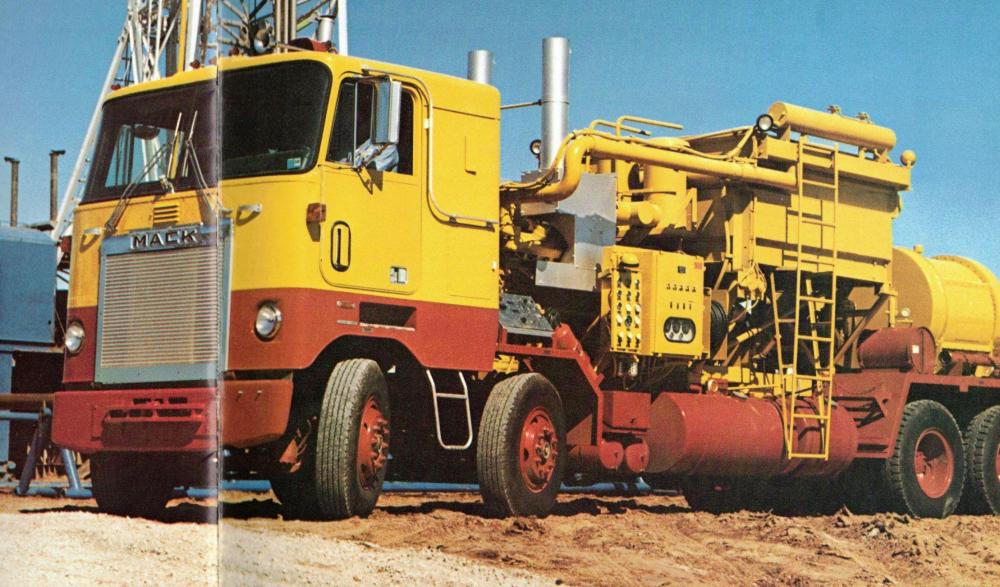
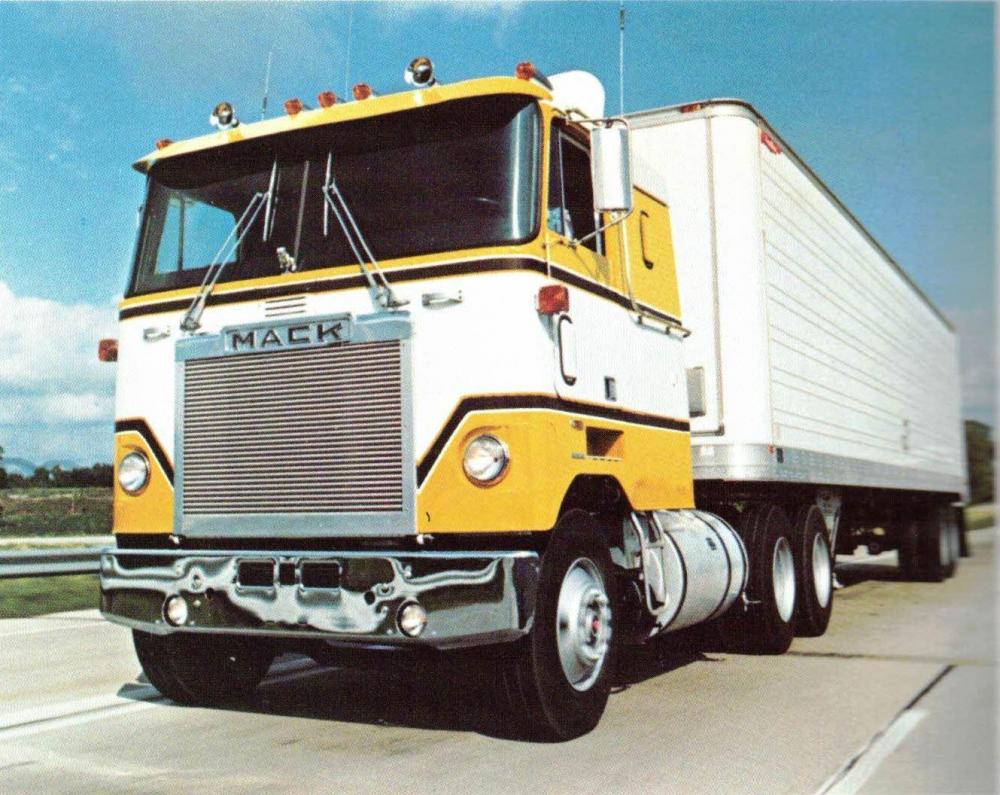
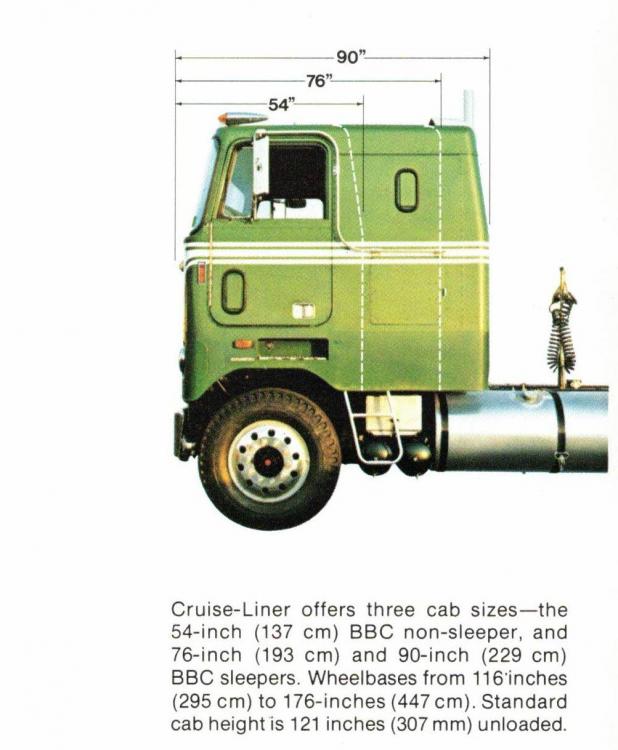
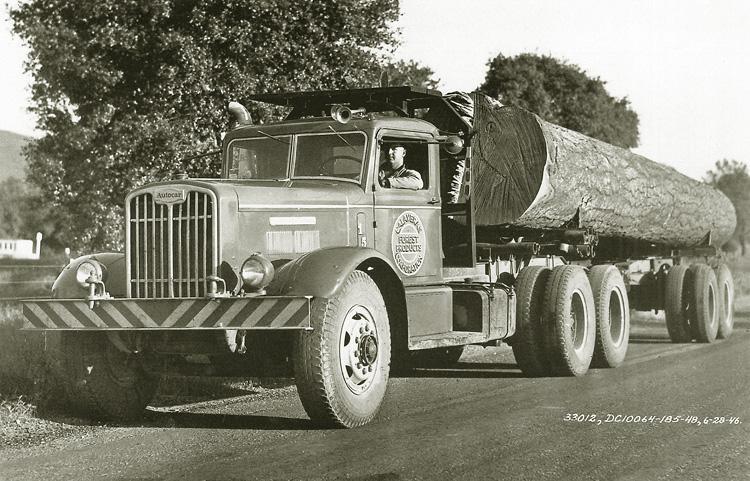

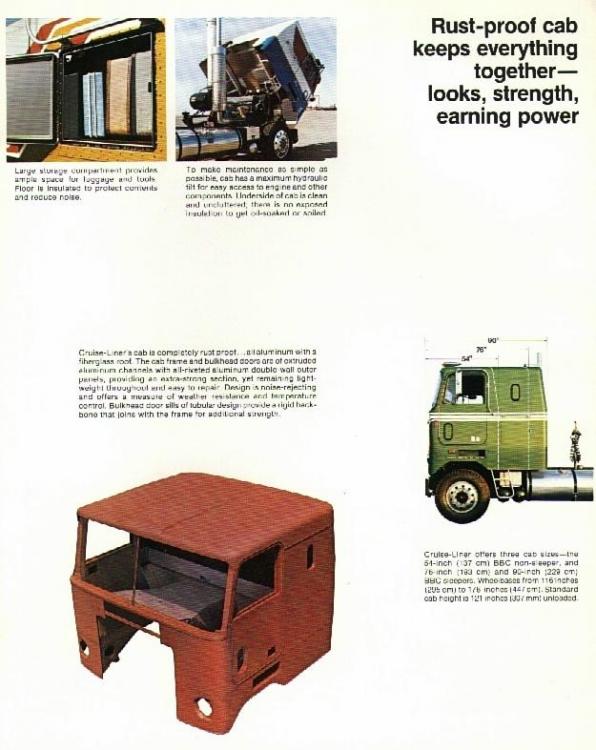
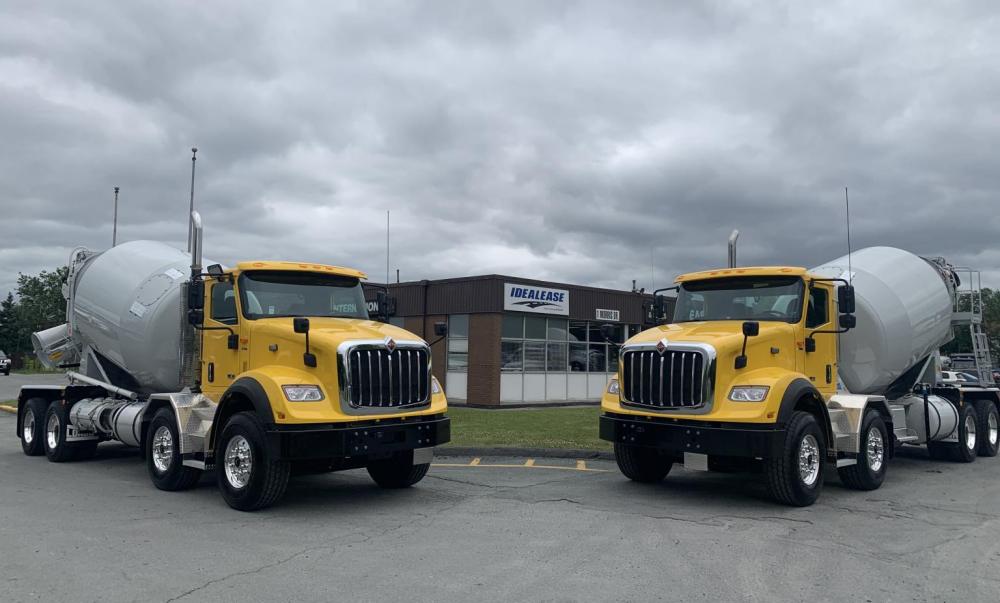
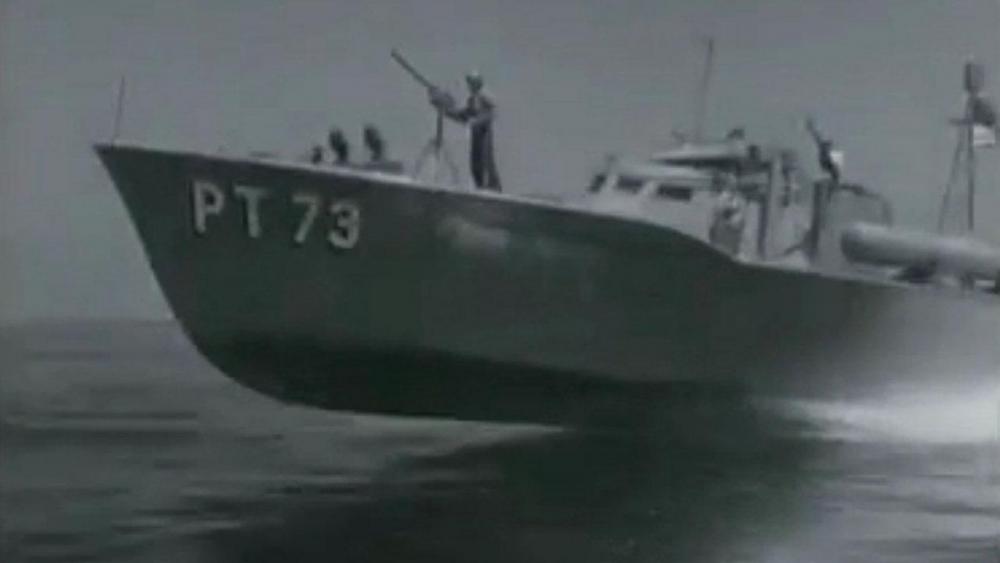
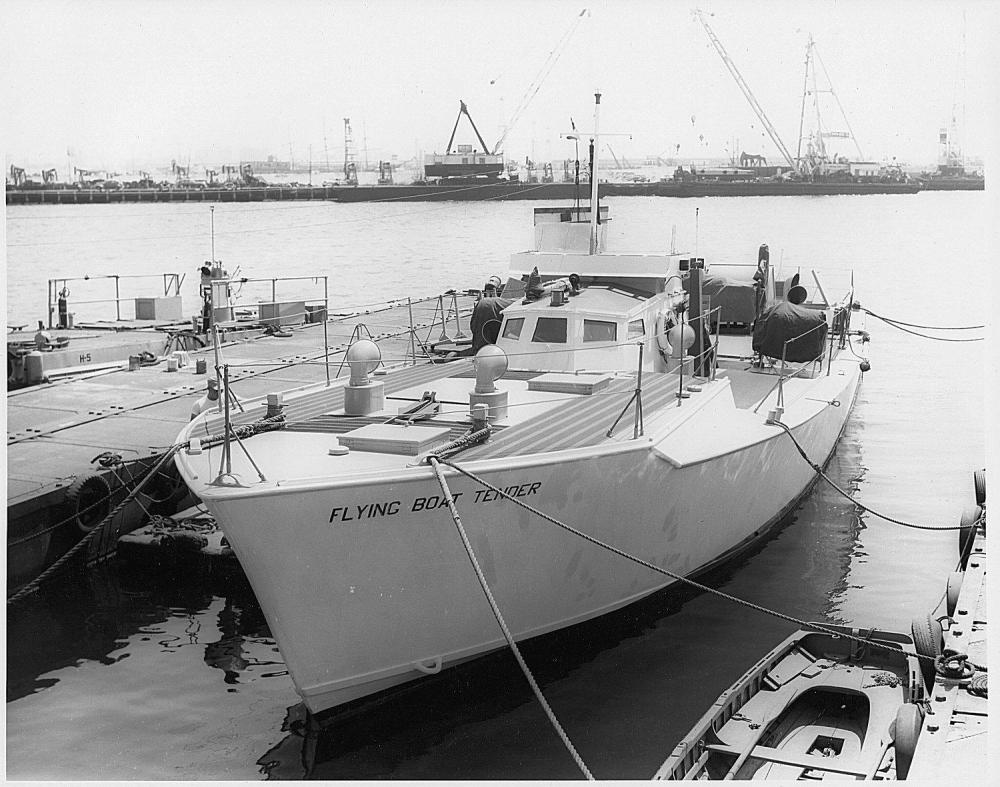



1941 Military NM-3 6-ton 6x6 1-104 made
in Antique and Classic Mack Trucks General Discussion
Posted
Engine Mack EY707, 170 horsepower @ 2,100 rpm
Transmission Mack TR36 five-speed
Transfer Case Timken-Wisconsin T-77-3 two-speed
Axles Timken-Wisconsin 7.33 ratio